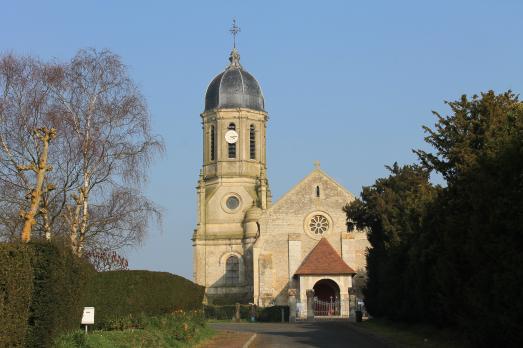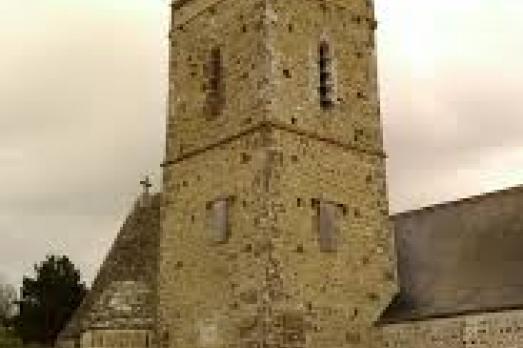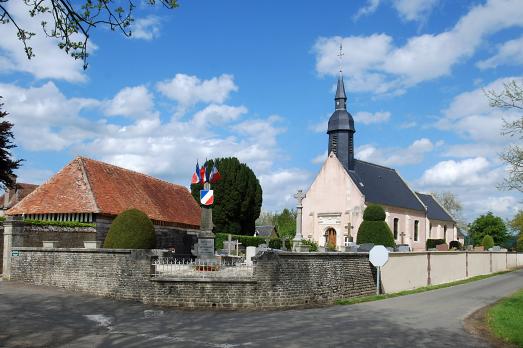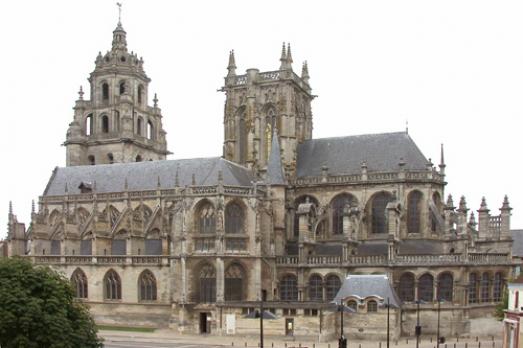
Church of Saint-Genès
Châteaumeillant, FR
Listed as a Historic Monument in 1845, its construction dates from the end of the 11th and beginning of the 12th century, this building is one of the most imposing and beautiful monuments of Romanesque art in Berry. This church is particularly remarkable for its large number of sculpted capitals. There are 131 of them, illustrating the struggle of man confronted with demonic forces.












